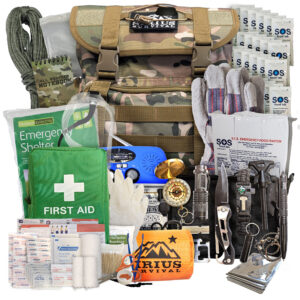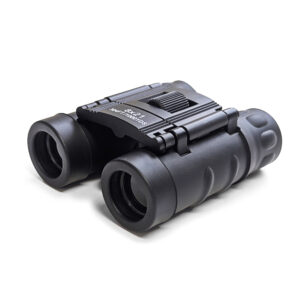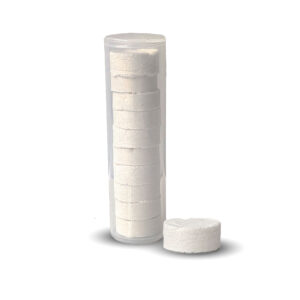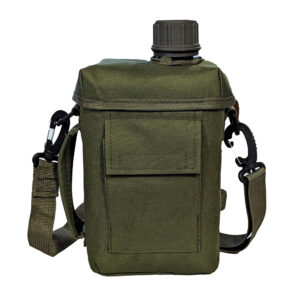You’ve heard us say it before, be prepared. For anything and everything. As the months change and we encounter new challenges in day-to-day life it should be reassuring to know that you know you are prepared by having a disaster kit prepared and ready to go in case of an emergency.

If you couldn’t already guess, a disaster bag is essentially a collection of items, or survival items, that you have set aside in a bag or some kind of container, that can be easily grabbed in the event of a disaster.
These kits go by several different names and you may have heard them be called survival bags, disaster kits, bug-out bags, or SHTF bags. No matter what you call it, be sure you have one.
When talking about disasters there’s really a number of things that could qualify. Natural disasters such as earthquakes, snowstorms, floods, etc. In addition, change to the status or safety of your town, state, or country may be considered a disaster. Electrical outages, rioting, and other man-made issues could also be considered a disaster. Depending on the situation at hand you may find the need to either leave the location you are in or hunker down and stay in a particular area until the danger has passed.
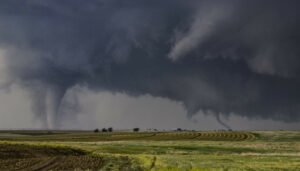
No matter the situation you’ll want to be sure you have a bag filled with necessary survival gear just in case. It doesn’t really matter what kind of container you decide to use. A gym bag, a backpack, plastic bags, whatever you’ve got lying around. You may want to take into consideration if there are any items that need to be safe from getting wet. Place these in an extra zipped bag or water-tight container of some sort.
To assemble your kit you basically only need to make a list of things you think you need to include. There are several items that are pretty standard in any kind of survival kit. A first aid kit, water, food, a flashlight, batteries, and multi-tools are just to name a few.
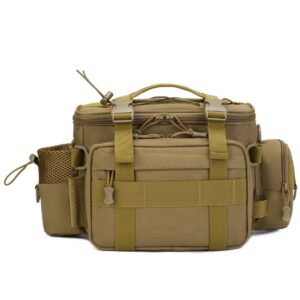
All the above items are pretty standard for a disaster kit. Depending on your situation you will also want to include any medications you may need, important documents (or copies of these documents), a list of emergency contacts, and/or pet food if you have a pet.
In addition, since March of 2020, you will also probably want to add in some masks, hand sanitizer, or disinfectant wipes. There are plenty of additional items that you may want to add. It all really depends on your locations and your particular situation. You can be prepared to survive, or you can be prepared to thrive. The larger you make your kit the more items you can include such as matches, water purifiers, paper products such as plates, napkins, silverware, change of clothing, paper and pencil, and a fire starter just to name a few.
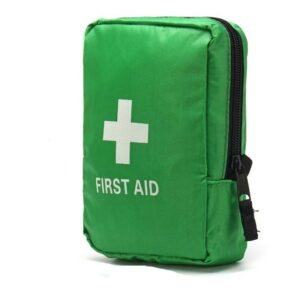
In addition to creating your kit, you should also maintain it. If there is a natural disaster and you’re forced to flee you don’t want to be grabbing a disaster kit that was prepared 10 years ago and has been hanging out in the back of your closet. Better cross your fingers the food hasn’t expired and the batteries still work.
As items expire or circumstances change you’ll want to also update your disaster prep bag. For instance, if you assembled your kit in 2000, or even in 2015, I’d bet you don’t have face masks in there.

The last thing you’ll want to consider when creating a disaster kit is where you are going to store it. If you’re really an expert you’ll have multiple in numerous locations. Definitely have one in your home. Make sure everyone that lives in the home knows where it is in case you are not there to personally grab it. You can also keep one in your car or at your place of work.
It’s impossible to predict the future, but if a disaster were to strike you’ll be glad you’ve thought ahead.

